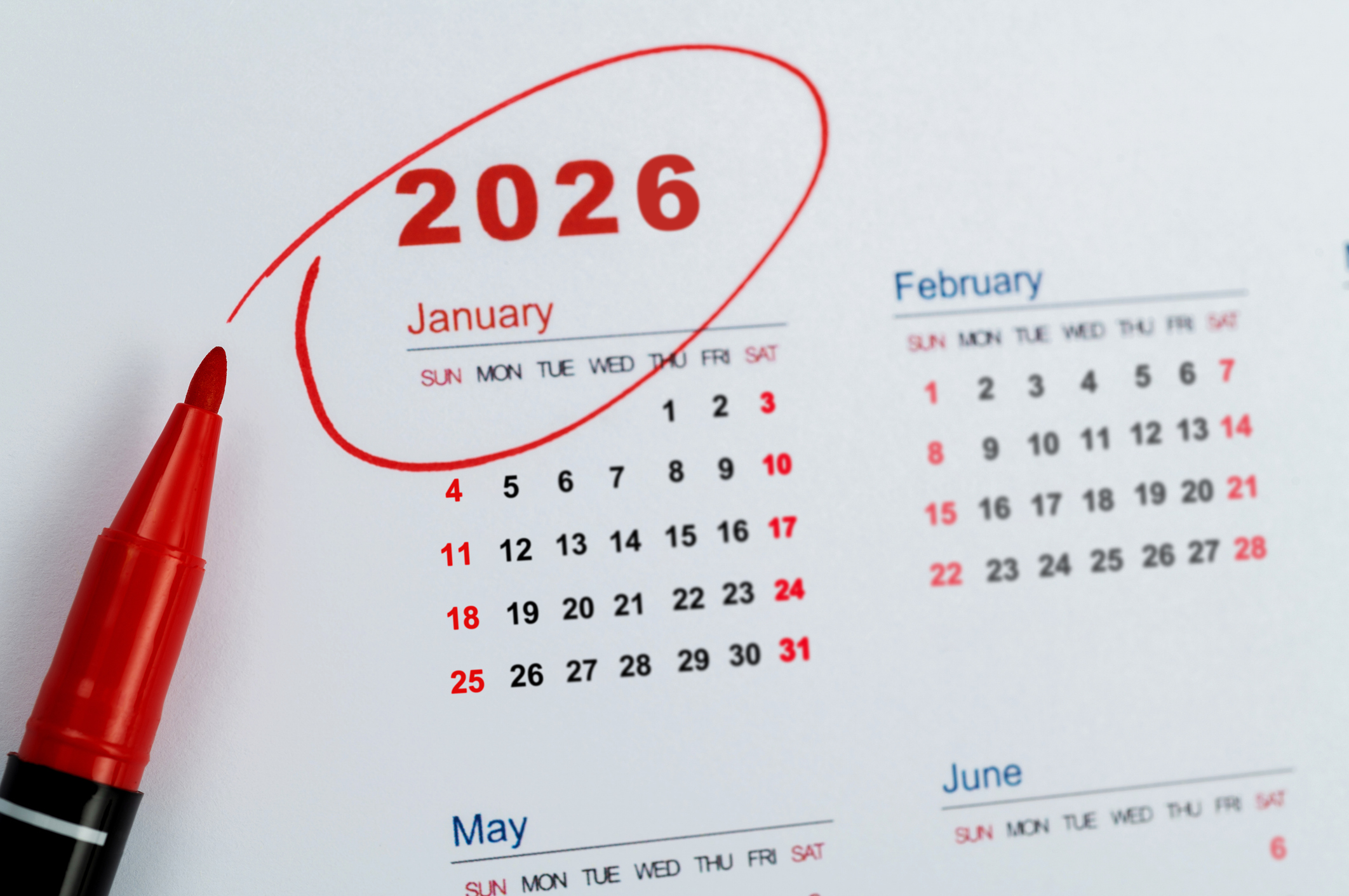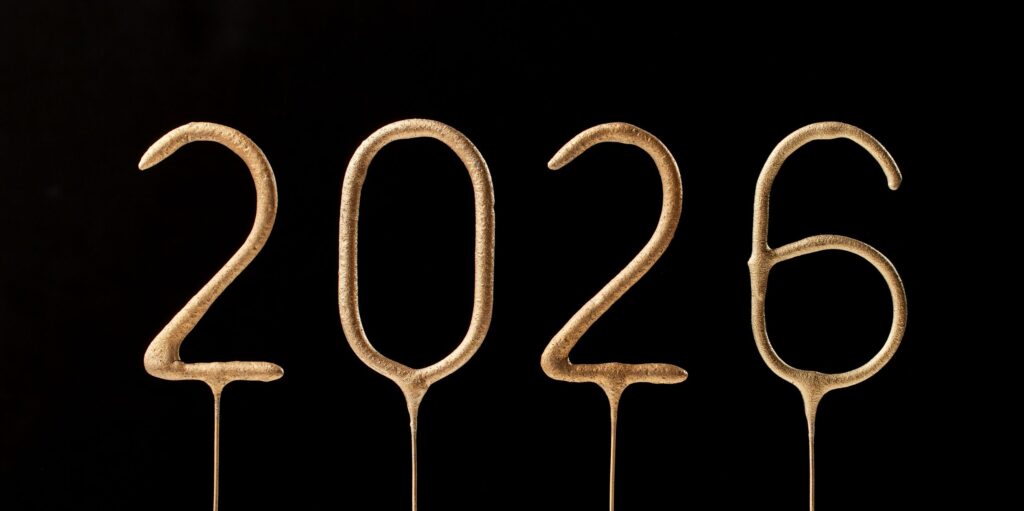Just when you thought you knew your federal income taxes, here comes a curveball: Key tax breaks are disappearing in 2026.
During his first presidency, Donald Trump signed the Tax Cuts and Jobs Act (TCJA) into law. The largest tax bill in recent decades temporarily halted several tax breaks, including deductions for investment costs, personal tax preparation fees, and home office expenses for employees.
Now, in his second term, President Trump and the GOP have extended many of the TCJA tax cuts and enacted several new temporary tax benefits in a law Trump often refers to as the “big, beautiful bill (OBBB).” This extensive tax and spending law, enacted on July 4, 2025, includes new incentives, like the car loan interest deduction, while also removing several tax credits and deductions that the TCJA previously suspended.
Sign up for Kiplinger’s Free Newsletters
Profit and prosper with the best of expert advice on investing, taxes, retirement, personal finance and more – straight to your e-mail.
Profit and prosper with the best of expert advice – straight to your e-mail.
Here’s a list of tax breaks that will end in 2026 — and what that might mean for your household moving forward.
1. Which clean energy tax credits are going away?
Although most clean energy tax breaks were temporary, their expiration dates weren’t until 2032 or later, thanks to the Inflation Reduction Act passed during the Biden Administration. Yet the new Trump tax bill eliminates several key residential energy tax breaks, effective 2026 (though some are expiring earlier).
Here are a few examples:
About 1.2 million households have used credits for residential clean energy investments, resulting in $6 billion in savings, according to the latest data released by the U.S. Department of the Treasury. That amounts to an average tax benefit per family of around $5,000.
Without these incentives, some taxpayers wanting to make the same investments will lose out on tax savings in 2026 compared to just one year prior.
However, it’s important to note that the federal tax credit for at-home EV charger equipment isn’t ending until June 30, 2026. This means you might be able to save up to $1,000 in federal income taxes if you install qualifying charging equipment by the deadline next year.
Related: Homeowners Rush to Install Solar Panels Before ‘Trump Tax Bill’ Cuts Credit.
2. Itemized deductions are not allowed, and the home office deduction for employees is gone
Before the Tax Cuts and Jobs Act (TCJA), many miscellaneous itemized deductions could be claimed on your federal income tax return.
The deductions below were subject to a 2% adjusted gross income (AGI) floor, meaning you could only claim these tax benefits if the total of these expenses exceeded that threshold.
Here are a few examples of tax deductions that are expiring in 2026:
- Unreimbursed work expenses, like those for travel and transportation.
- Investment expenses, like custodial fees and safe deposit box rentals.
- Hobby expenses (up to the amount of hobby income).
- Tax preparation fees (personal). (The rules are different if you have business income.)
- Home office deduction for employees.
These tax breaks were to return in 2026 with the expiration of the TCJA, but the 2025 GOP tax bill ended them.
Of all the miscellaneous itemized deductions, unreimbursed employee expenses, non-business tax preparation fees, and investment expenses were the most popular, according to the Tax Foundation. Over 21 million households used these deductions about ten years ago.
Republican lawmakers initially eliminated the miscellaneous itemized deductions to help fund the increased standard deduction. However, whether the standard deduction truly offsets these itemized deductions may vary from taxpayer to taxpayer (more on that below).
*Note: The moving expense deduction for work, although not a miscellaneous itemized deduction, was also eliminated by the OBBB (exceptions may apply to military personnel).

Three IRS tax benefits are expiring in 2026, including the home office tax deduction, the personal and dependency exemption, and energy-efficient tax breaks.
(Image credit: Getty Images)
3. Family tax credits and exemptions: What the trade-off could mean for you
The personal and dependency exemption will also end in 2026.
This exemption, designed to connect tax liability to family size, was worth $4,050 per qualifying person in 2018, though the amount was adjusted for inflation annually.
The year before the TCJA was enacted:
- About 292 million people claimed the personal and dependency exemption.
- This resulted in about $1.2 trillion in taxpayer savings, according to the IRS.
Like the miscellaneous itemized deductions, the elimination of this exemption was used to offset the increased standard deduction and higher child tax credit, according to the Tax Policy Center.
Yet if you claim itemized deductions and have a large family, this trade-off might increase your taxable income compared to the law before the TCJA.
For example, consider a married filing jointly couple with five children before the TCJA and after the OBBB was enacted.
|
Tax Calculation |
2017 (pre-TCJA) |
2025 (after OBBB) |
|---|---|---|
|
AGI |
$110,000 |
$145,150* |
|
Personal and Dependency Exemption |
– $28,350 |
$0 |
|
Itemized Deduction |
– $14,000 |
– |
|
Standard Deduction |
– |
– $31,500 |
|
Taxable Income |
$67,650 |
$113,650 |
*Inflation adjustment amount calculated as of September 2025 via USAfacts.org.
In the example, the family’s taxable income increases under the pre-TCJA law compared to what it will be under the 2025 tax law. That’s because the increased standard deduction didn’t offset the combined itemized deductions and personal and dependency exemptions for the hypothetical household.
However, once the higher child tax credit is factored in, that same family could achieve a lower tax liability if they meet the updated eligibility requirements to claim the credit.
|
Tax Calculation |
2017 (pre-TCJA) |
2025 (after OBBB) |
|---|---|---|
|
Marginal Tax Rate |
15% |
22% |
|
Tax Calculated |
$9,215 |
$14,831 |
|
Child Tax Credit |
$5,000 |
$11,000 |
|
Taxes Owed |
$4,215 |
$3,831 |
While the example shows a lower tax liability for 2025 than the law before the TCJA, the benefit a taxpayer could see for trading off the personal and dependency exemption for the increased child tax credit and standard deduction varies based on a taxpayer’s circumstances.
For instance, while a married couple with kids might save on income taxes owed with a higher child tax credit, a single filer with no children might not.
As noted earlier, the child tax credit also has new eligibility rules in the 2026 tax filing season. This includes a requirement that qualifying children and at least one parent must have a work-eligible Social Security number. As a result, about 2.7 million children who used to qualify for this tax credit may not be eligible next year.
Note: The personal and dependency exemption was subject to AGI phaseouts, and the child tax credit has a modified adjusted gross income (MAGI) phase-out.
Is the ‘AMT tax’ back from the dead?
Before the TCJA, 5.2 million Americans paid the Alternative Minimum Tax (AMT), per Tax Policy Center data. This “parallel tax system” was implemented to ensure that higher-income taxpayers pay a minimum amount of tax.
However, data from the Tax Policy Center shows that previous AMT rules may have disproportionately affected upper-middle-income taxpayers.
Through the TCJA, the AMT threshold was raised in a couple of ways:
- Increasing the exemption amount from $84,500 to $137,000 for married filing joint couples (single filers from $54,300 to $88,100).
- Raising the phase-out threshold from $160,900 to $1,252,700 for married filing joint couples (single filers from $120,700 to $626,350).
The result was that the number of taxpayers who paid AMT dropped from about 5 million to just 200,000 in 2018, according to the Tax Policy Center. Under the OBBB, the individual AMT exemption amounts were made permanent.
But starting in 2026, the phaseout will be lowered to $500,000 for singles and $1 million for married couples filing jointly. Once more, the phaseout rate for every dollar above this threshold was increased from 25% to 50%.
This means more income from higher earners will be subject to AMT next year.
So, in addition to the permanent elimination of tax breaks on this list, you could qualify to pay AMT in 2026 even if you haven’t in recent years.


